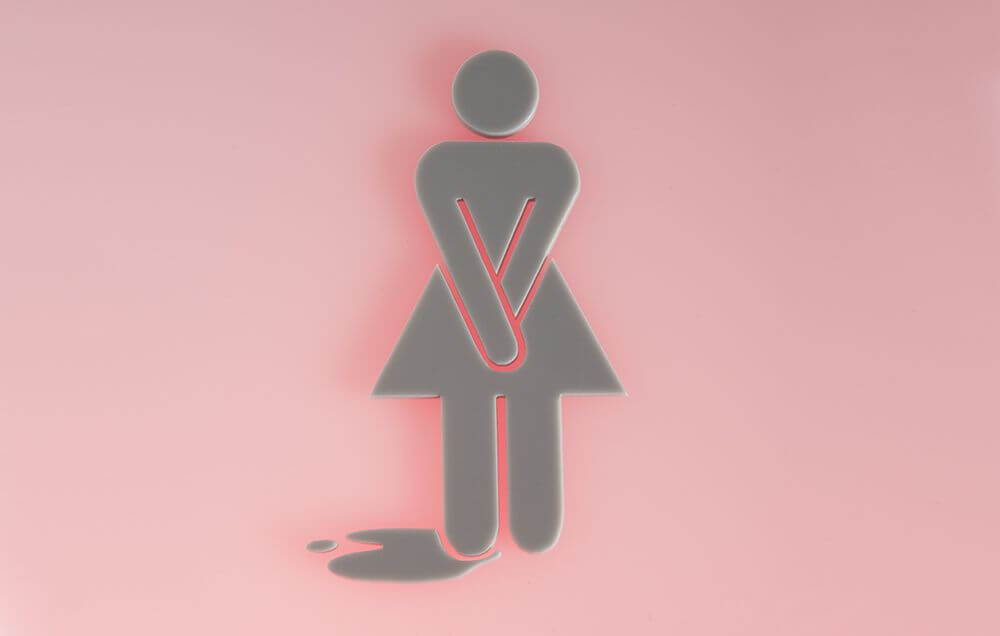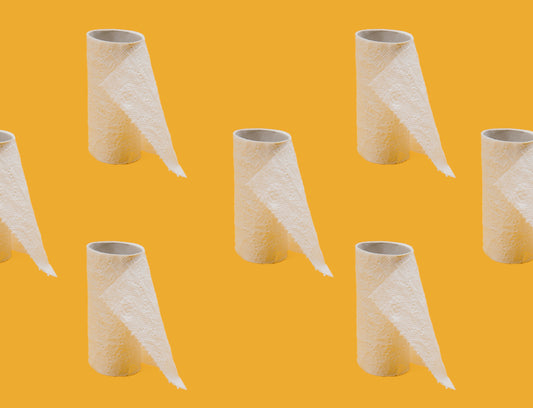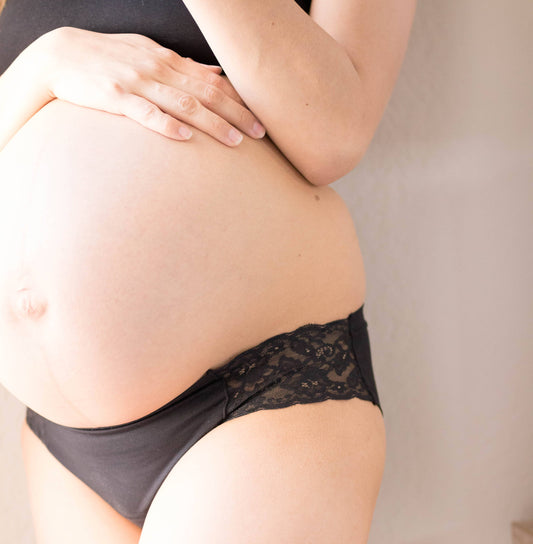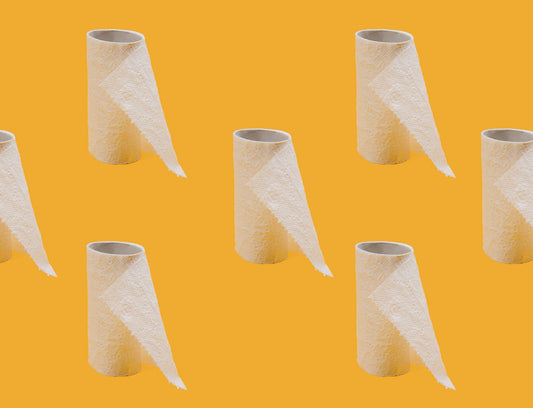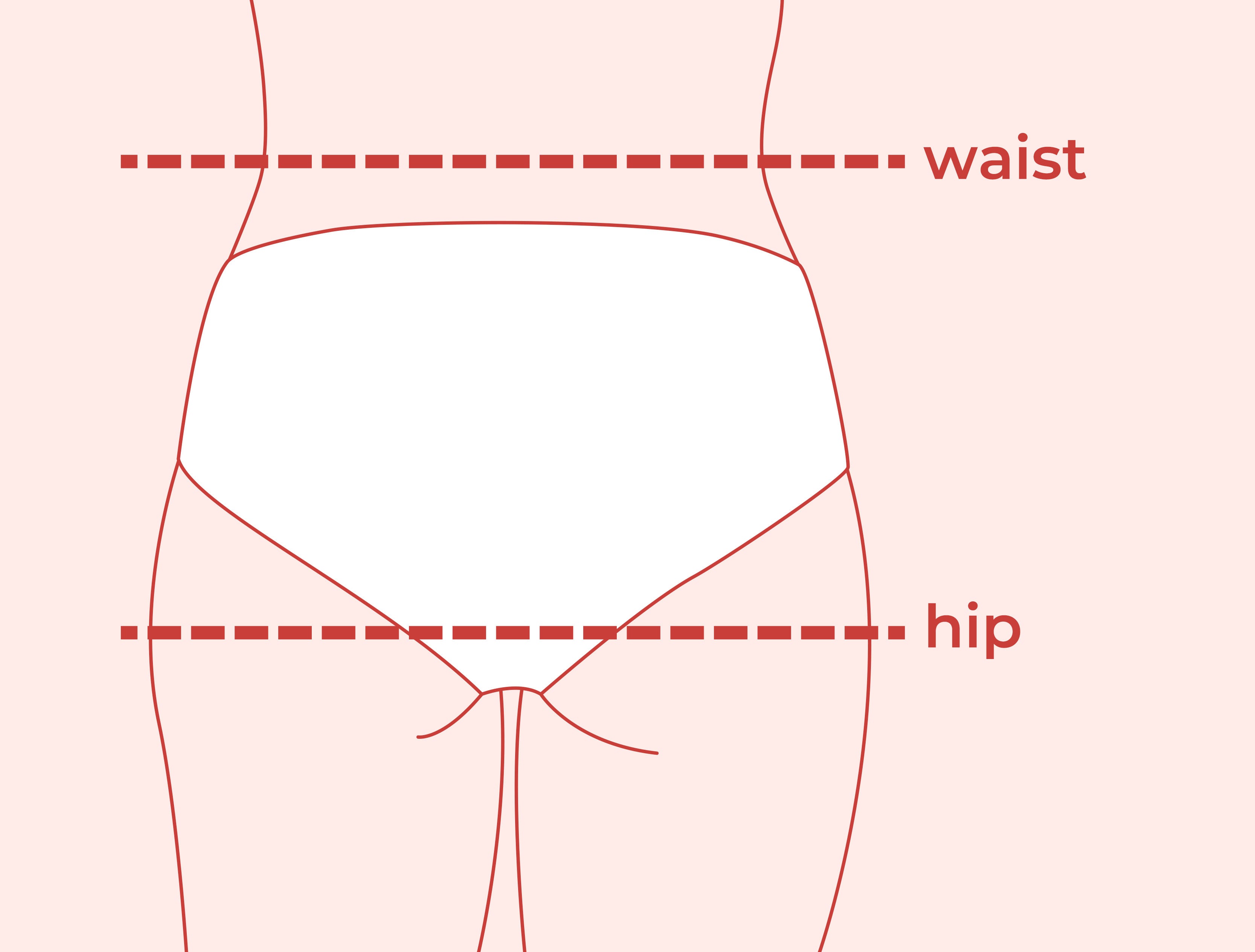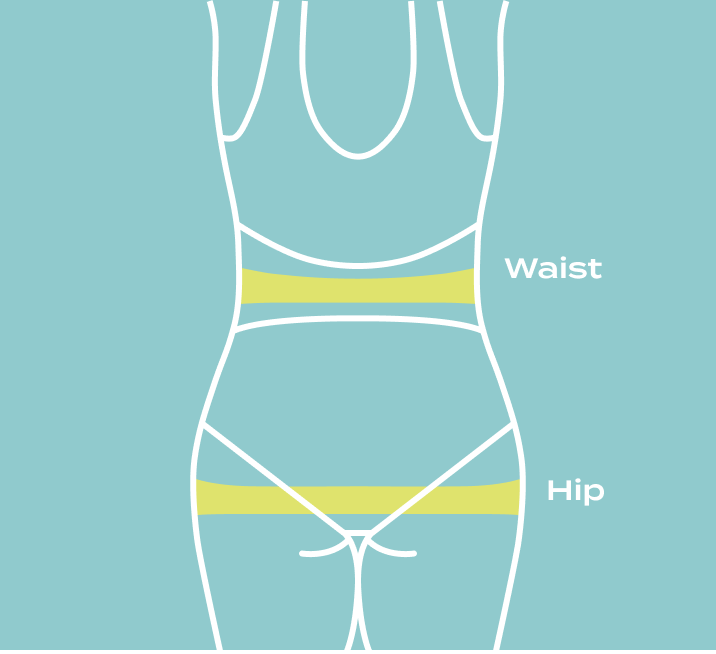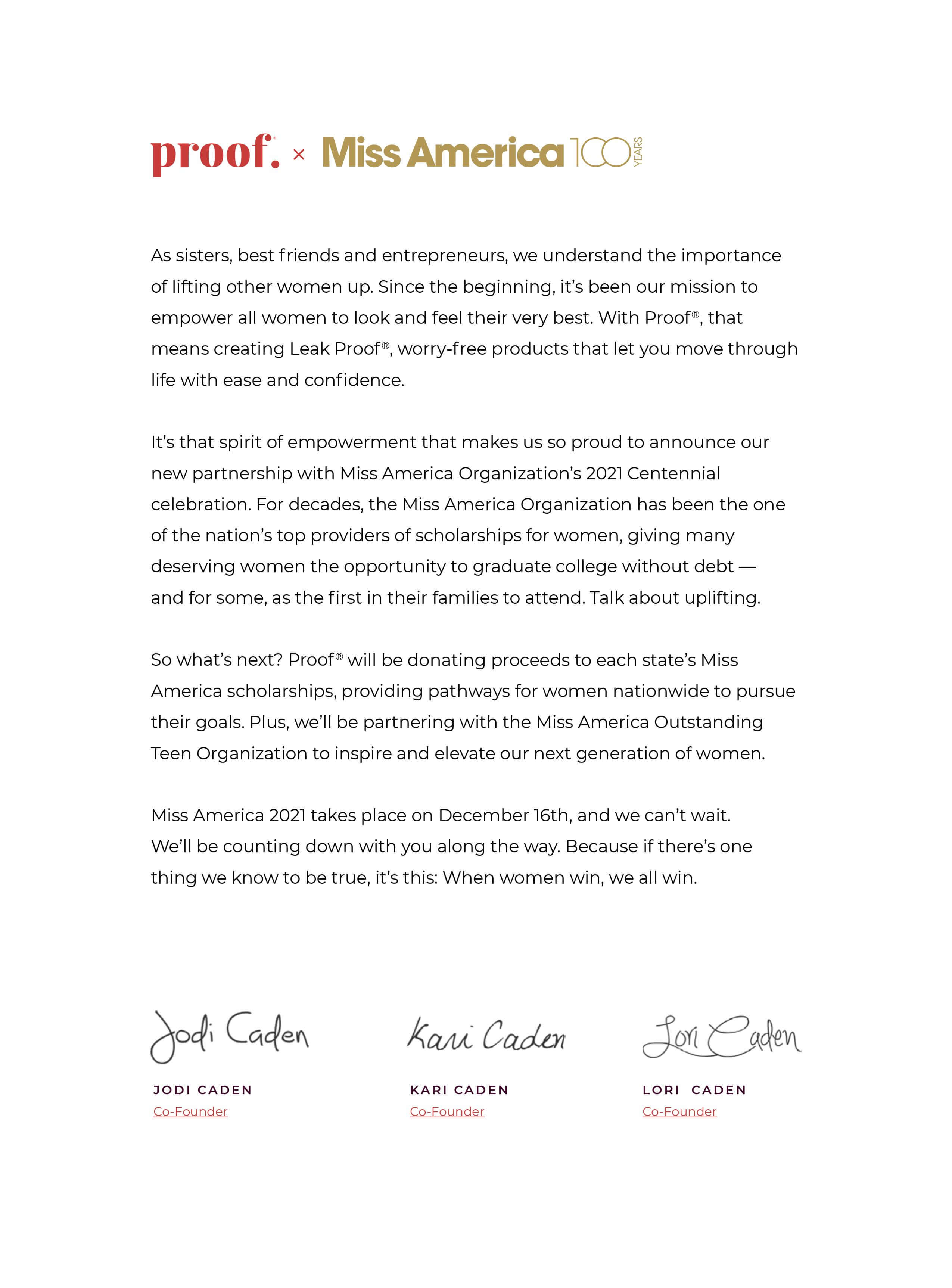What is incontinence?
There are different types of incontinence, but all share the quality of leaking urine or frequent urination. Women and men can suffer from urinary incontinence. This pesty condition can affect emotional, psychological, and social life. It can interfere with one’s drive to do normal activities, in fear they will need to urinate or experience leaks. While it can be hard to treat incontinence, there are ways to better manage it so that you can live freely.What are the main causes of incontinence?
A quarter to a third of women in the U.S. suffer from urinary incontinence. That means millions (about 33 million) of Americans have an overactive bladder (also known as OAB). Symptoms associated with an OAB include urgency, frequency, and with or without urge incontinence.As for what causes incontinence, there are several factors that can increase one's risk, according to studies. These factors can include the following:
- Age: Age can play a role in developing incontinence. Post-menopausal women can develop urinary incontinence.
- Pregnancy: Women who experience or develop incontinence during pregnancy may be more likely to experience it after delivery.
- Delivery and number of children: Women who have delivered a baby are at a greater risk, and that risk grows as they have more children. This applies to cesarean section (c-section) and vaginal delivery.

Types of incontinence
There are different types of urinary incontinence, identified by symptoms of many conditions. Urinary incontinence is not a disease and is not hereditary. It’s also not just a normal part of getting older. Let’s review four main types of urinary incontinence.
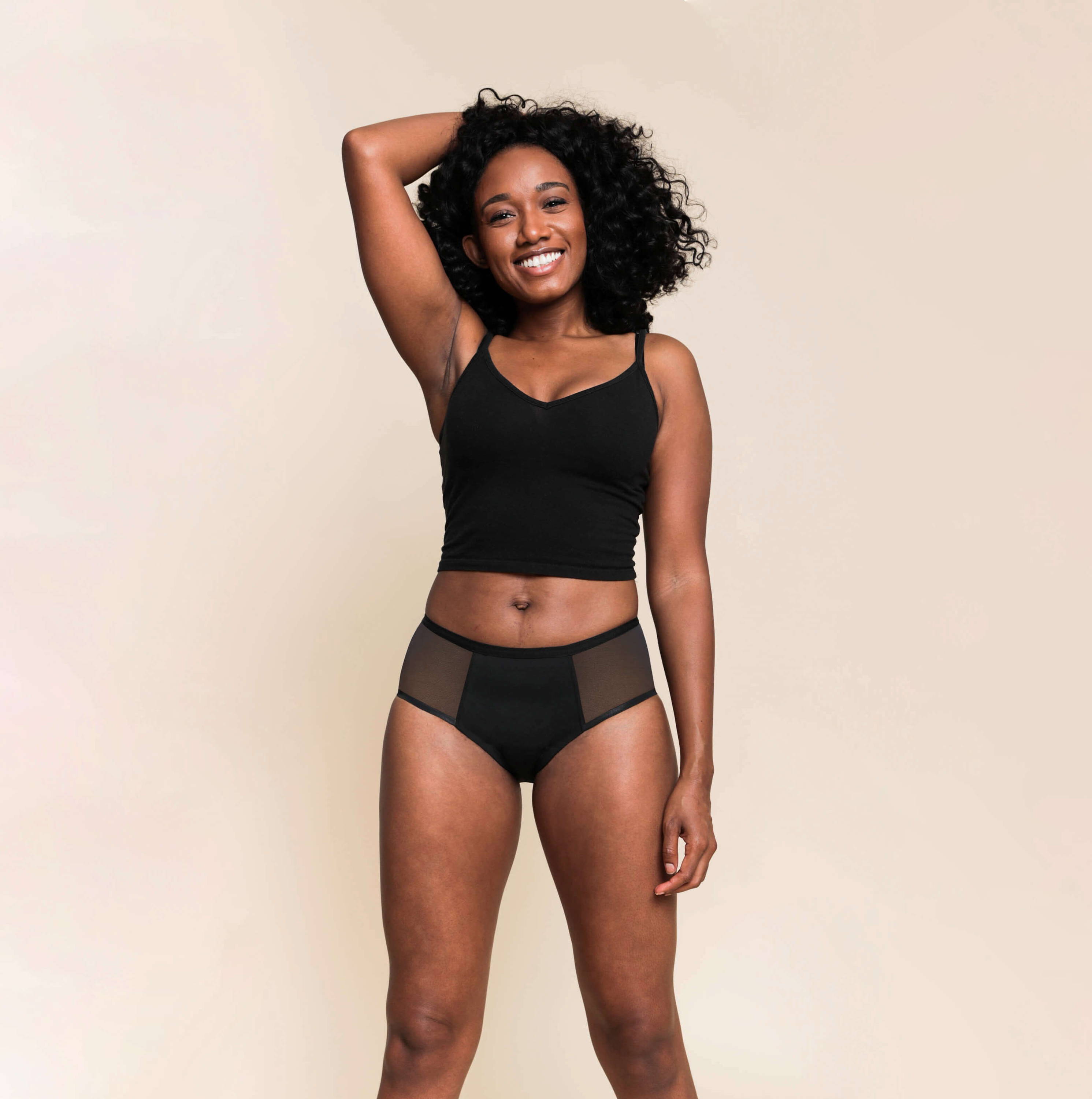
Stress Urinary Incontinence (SUI)
The most common type of urinary incontinence is stress urinary incontinence (SUI). SUI occurs when pelvic muscles are weakened, thus allowing urine to leak. If there’s pressure on the bladder, such as during physical activity, leaks can occur. Leaks can occur with intense exercise such as lifting weights or everyday exercise such as walking or bending. They can even be caused by sneezing or coughing. With SUI you can experience leaks as small as a few drops or more. While there’s no FDA-approved medicine to treat SUI, there are ways to manage it, including kegel exercises or exercises to strengthen the pelvic floor, lifestyle changes, and leakproof underwear.
Overactive Bladder (OAB)
Urgency incontinence or overactive baller (OAB) is another form of common urinary incontinence, affecting over 30% of men and 40% of women in the U.S. It can impact one’s quality of life as they may fear the sensation of urinating will sneak up and they won’t have access to a bathroom. It can also impact their ability to get a good night’s sleep. It’s possible to experience a mix of SUI and OAB; when the mix presents itself, this can be referred to as mixed incontinence.
OAB occurs when the brain tells the bladder it’s time to go potty despite the emptiness or fullness of the bladder. It can also occur when bladder muscles are too active, and as a result, they squeeze together, causing leaks before the bladder is full and ready to empty. If you’re experiencing the “gotta go” sense of urgency to pee, or urinate many times day and night, you might want to look into the possibility of having an OAB.Mixed Incontinence (SUI and OAB)
Now that we’ve covered SUI and OAB, you can better understand that the two can present themself together, which is known as mixed incontinence.
Overflow Incontinence
Bladders are like gas tanks - they can only hold so much. When the body produces more urine than the bladder can store or the bladder is overly full, leaks can happen. There’s also the possibility that something is blocking the flow or the bladder muscle is not working properly. A sign that is associated with overflow incontinence is frequent urination is small amounts or dribbling. This type of incontinence is rather rare in women.

Symptoms of incontinence
SUI
Experiencing urine leaks during physical activity or anything that puts pressure on the bladder can be a sign of SUI. The intensity of the leak can represent how severe the SUI is.
OAB
OAB is best identified by an intense feeling that you need to urinate and a loss of control. The urge does not always end in leaks, though, or even urination.
Mixed incontinence (SUI and OAB)
Mixed incontinence symptoms can include leaks from bladder pressure and a strong sensation to urinate.
Overflow Incontinence
Remember, overflow incontinence is rather rare in women, but in men and women, symptoms can include frequent small urination or dribbling.
Related Posts
Sources:
John Hopkins Medicine. Urinary Incontinence In Women,
https://www.hopkinsmedicine.org/health/conditions-and-diseases/urinary-incontinence/urinary-incontinence-in-women#:~:text=UI%20can%20occur%20at%20any,from%20an%20underlying%20medical%20condition
Urology Care Foundation. Urinary Incontinence,
https://www.urologyhealth.org/urology-a-z/u/urinary-incontinence
NHS. Incontinence Products,
https://www.nhs.uk/conditions/urinary-incontinence/incontinence-products/

